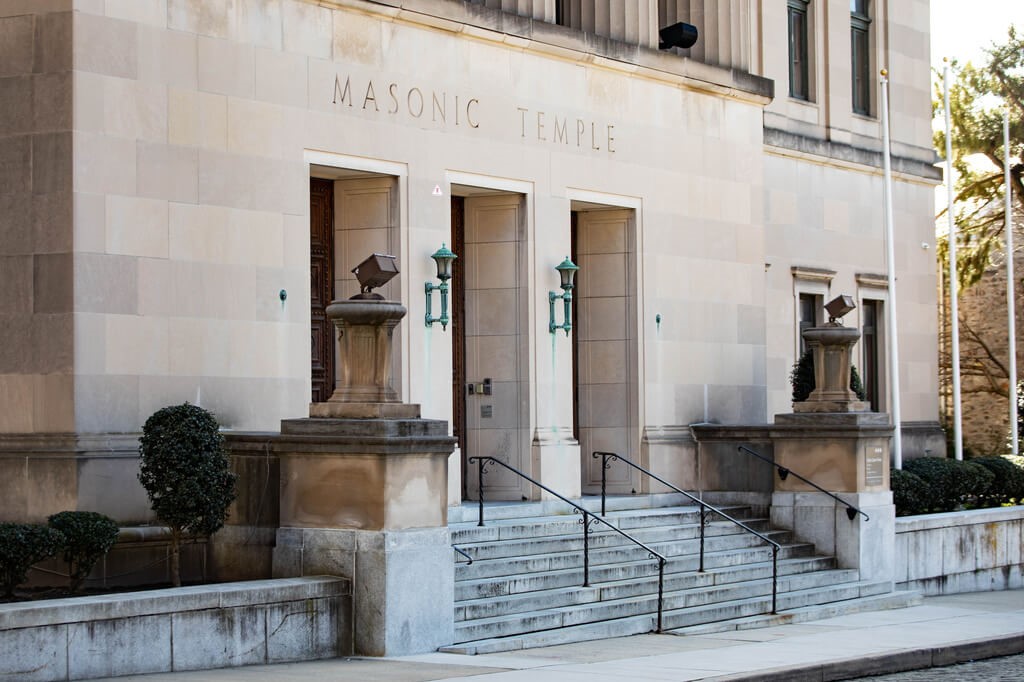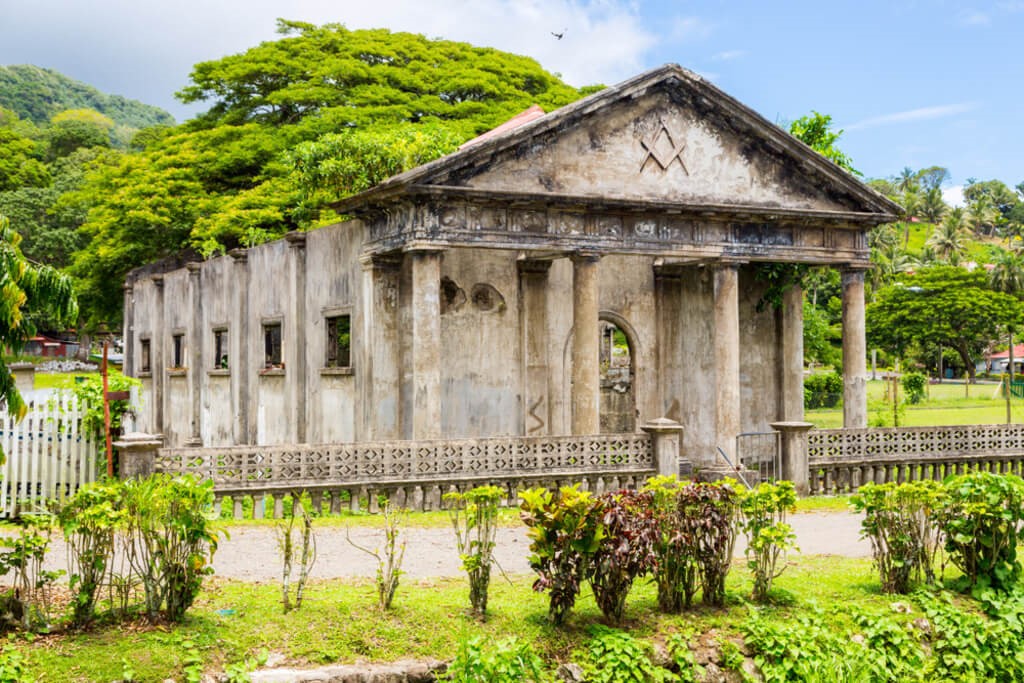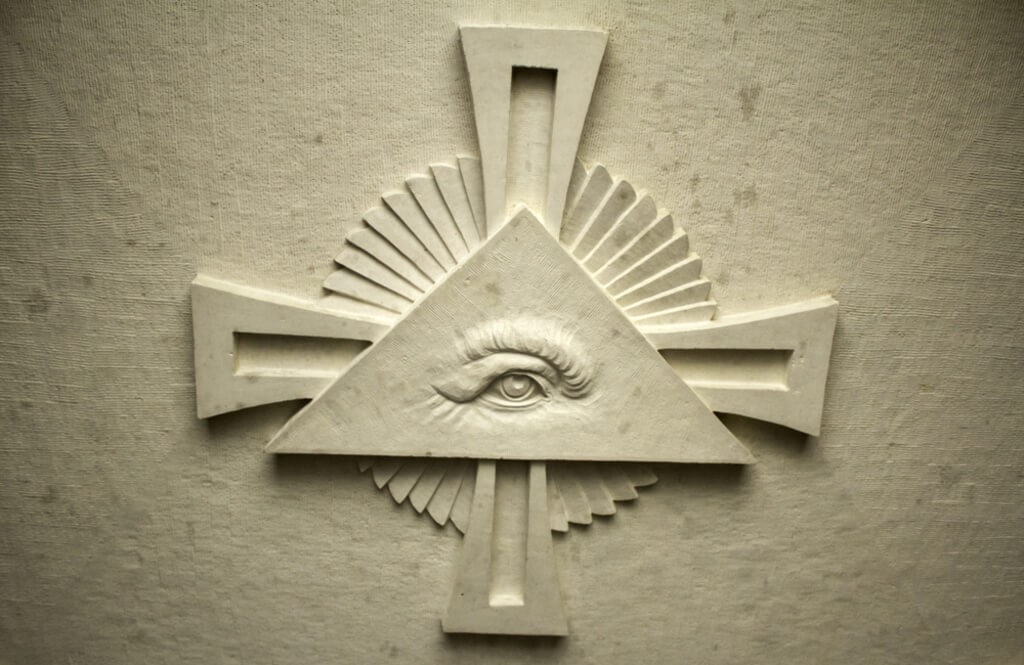Beyond the Brotherhood: Unveiling the Role of Women in Freemasonry
When one thinks of Freemasonry, the image that often comes to mind is one of secrecy, ancient rituals, and exclusive brotherhood. For centuries, the Craft has been popularly understood as a society for men, a perception rooted in its historical origins. This common view, however, only tells part of a much more intricate and fascinating story. The relationship between women and Freemasonry is not a simple tale of exclusion but a complex narrative of adaptation, innovation, and the persistent quest for light.
The journey to understand this relationship requires us to look beyond the doors of traditional male-only lodges. We must explore a history filled with unique exceptions, pioneering movements, and the eventual establishment of vibrant and legitimate Masonic orders for women. The existence of female Masons is not a modern invention but the result of a long evolution in Masonic thought and practice.
This evolution challenges our preconceptions and reveals that the core principles of Freemasonry, those of moral and spiritual development, charity, and truth, are truly universal. The story of women in the Craft is a testament to the enduring power of these ideals to transcend the social conventions of any single era. It is a story that deserves to be told, understood, and appreciated by all who seek knowledge.

Why Was Freemasonry Traditionally for Men?
To grasp the modern role of women in Freemasonry, we must first travel back to its origins. The fraternity traces its lineage to the operative stonemason guilds of the Middle Ages. These guilds were responsible for building the magnificent cathedrals and castles of Europe. The very nature of this work, physically demanding and often itinerant, meant that its membership was almost exclusively male.
These operative guilds were more than just labor unions. They were fraternities that protected the secrets of their craft, cared for their members and their families, and fostered a strong sense of community and moral conduct. The structure and traditions of these early organizations laid the groundwork for what would become speculative Freemasonry.
By the early 18th century, the era of grand cathedral building was waning. Many of these guilds began accepting non-operative members, men of learning and social standing who were drawn to the guild’s philosophical and moral teachings rather than its stoneworking secrets. This transition marked the birth of speculative Freemasonry, a system of morality veiled in allegory and illustrated by symbols.
In 1717, four of these lodges in London came together to form the first Grand Lodge of England. This event is widely seen as the beginning of organized, modern Freemasonry. A few years later, in 1723, Reverend James Anderson published his ‘Constitutions of the Free-Masons’, which became the foundational document for the new Grand Lodge. Within these constitutions, it was explicitly stated that Masons should be ‘good men and true, or men of honour and honesty’, and that no ‘woman’ or ‘eunuch’ could be made a Mason. This rule codified the existing practice and set the standard for what would become mainstream, or ‘regular’, Freemasonry for centuries to come.

Were There Ever Exceptions to the ‘Men-Only’ Rule?
Despite the formal rules, history is filled with intriguing and often debated accounts of women who gained entry into the supposedly all-male fraternity. The most famous and well-documented case is that of the Honorable Elizabeth St. Leger, who later became Mrs. Elizabeth Aldworth. Born in Ireland in 1693, the story holds that she secretly witnessed a Masonic lodge meeting being held in her family’s home.
Upon her discovery, the members of the lodge were faced with a dilemma. She had learned secrets she was not meant to know. After much deliberation, they resolved the issue by initiating her into the Craft, binding her to the same obligations of secrecy as any other Mason. Elizabeth Aldworth reportedly remained a respected member of her lodge for the rest of her life, a unique ‘lady Freemason’ in a world of men.
While Aldworth’s story is the most celebrated, other accounts of women entering lodges under extraordinary circumstances exist, though they are often harder to verify. These tales, whether entirely factual or partly legendary, highlight a crack in the seemingly impenetrable wall of male exclusivity. They demonstrate that even in its earliest days, the boundaries of the Craft were not always as rigid as the written rules suggested. To properly learn about Freemasonry, women and Freemasonry is to appreciate these fascinating historical footnotes.
These exceptions, however, were just that: exceptions. They did not represent a widespread policy of inclusion. For women to participate in Freemasonry on an organized and equal footing, a more radical and intentional change was needed. That change would begin not in England but in France.

How Did Organized Women’s Freemasonry Begin?
The first significant step towards a structured role for women appeared in 18th-century France with the creation of ‘Lodges of Adoption’. These were systems of ritual attached to regular male lodges, where the female relatives of Masons could participate in a form of Masonic-style ceremony. While the members of these adoptive lodges were not considered Masons in the full sense, they shared in the fraternity’s social and charitable functions.
These rites had their own degrees and symbolism, often based on feminine virtues and biblical heroines. They provided women with a connection to the Masonic world and a space for moral instruction and fellowship. However, they were always dependent on and subordinate to the male lodges that sponsored them. They were an important step but not the final destination.
The true turning point came over a century later, again in France. It was born from a convergence of progressive social movements, including feminism and spiritualism. In 1882, a French lodge, ‘Les Libres Penseurs’ (The Free Thinkers), acting on its belief in absolute equality, initiated a prominent writer and women’s rights activist named Maria Deraismes.
This act was a direct challenge to the established Masonic order. The Grand Lodge to which ‘Les Libres Penseurs’ belonged immediately revoked its charter. Yet, the seed had been planted. Deraismes, now a fully initiated Mason, worked with Georges Martin, a fellow Mason and senator, to establish a new Masonic body that would admit both men and women on equal terms. In 1893, they founded the ‘Grande Loge Symbolique Écossaise de France, Le Droit Humain’ (The Scottish Symbolic Grand Lodge of France, The Human Right). This was the birth of Co-Masonry, an international order that from its inception was open to all, regardless of gender. This movement would eventually inspire a distinct female branch of the Masons as well.

What Are the Main Forms of Women’s Freemasonry Today?
The movement started by Maria Deraismes and Georges Martin fractured the Masonic landscape in a profound way. It created a path for women to become Masons, and from this single origin, two distinct streams of female-inclusive Freemasonry emerged and flourished throughout the 20th century and into the present day.

What is Co-Masonry?
Co-Masonry, as established by Le Droit Humain, is Freemasonry for both men and women working together in the same lodges. Its founding principle is that a true understanding of humanity requires the perspectives of both sexes. The order is international, with federations and pioneer lodges in many countries around the world.
Co-Masonic lodges practice the same ancient rituals and follow the same degree structure as their male counterparts. They are committed to the Masonic ideals of self-improvement, tolerance, and service to humanity. For those who believe that gender equality should be reflected in all aspects of society, including spiritual and philosophical organizations, Co-Masonry offers a complete and authentic Masonic home.

What is Women’s Only Freemasonry?
While Co-Masonry was a revolutionary step, some women felt that a female-only space would better serve their needs for personal and spiritual growth. This led to the development of exclusively female Masonic orders. These bodies were often founded by women who were originally initiated in Co-Masonic lodges but chose to create their own sovereign organizations.
In the United Kingdom, for example, this led to the formation of two prominent women’s Grand Lodges. The first was The Honourable Fraternity of Ancient Freemasons (HFAF), established in 1913, and the second was The Order of Women Freemasons (OWF), founded in 1908. These organizations practice traditional Masonic ritual but restrict their membership to women. The landscape of female Freemason lodges UK is a testament to the strength and appeal of this model. These orders provide a powerful environment for women to take on leadership roles and explore Masonic teachings in a supportive, single-gender setting.

How Does Mainstream Freemasonry View Women’s Lodges?
The relationship between mainstream, male-only Grand Lodges and the various women’s and Co-Masonic orders is complex. The key concept to understand is ‘regularity’. In Masonic terms, a Grand Lodge is considered ‘regular’ if it adheres to a specific set of ancient landmarks, including the belief in a Supreme Being and the membership being exclusively male.
Because women’s and Co-Masonic orders initiate women, they are not formally recognized as ‘regular’ by mainstream bodies like the United Grand Lodge of England (UGLE) or most Grand Lodges in the United States. This means there are no official joint meetings or inter-visitations at the lodge level. For many years, this lack of formal recognition created a significant distance between the different branches of the Masonic family.
However, the tone has shifted considerably in recent decades. In 1998, the UGLE issued a landmark statement clarifying its position. While it did not extend formal recognition, it acknowledged that the women’s orders are regular in their practice, adhering to the same core beliefs and moral principles. The UGLE stated that discussions with these orders had shown that ‘they are, in our terms, regular in all but their inclusion of women’. The statement affirmed that relationships could be cordial and relaxed, leaving it to individual Masons to decide how to interact with members of women’s lodges socially. This evolving perspective on Freemasonry and women reflects a move towards mutual respect.
This sentiment is shared by many within the broader Masonic world. There is a growing understanding that while the organizational structures may differ, the fundamental goals are the same. Many Masons appreciate the contributions and perspectives that women in Freemasonry bring to the global pursuit of Masonic light. The dialogue continues to evolve, with personal reflections on the topic often highlighting a shared sense of purpose that transcends organizational boundaries.

Do Women’s Lodges Use the Same Rituals and Symbols?
A common question from those unfamiliar with women’s Freemasonry is whether it is ‘real’ Freemasonry. The answer is an unequivocal yes. Both Co-Masonic and women’s only orders work with the same rich tapestry of ritual and symbolism that has defined the Craft for centuries. The journey of a candidate through the degrees is fundamentally the same.
Initiates in women’s and Co-Masonic lodges are introduced to the working tools of a stonemason, such as the square, compasses, and gavel. They learn to apply the moral lessons of these tools to their own lives, using them to build their character and smooth their rough natures. The central allegorical drama of the third degree, a profound lesson in fidelity and mortality, remains the heart of the Masonic experience for all.
The core purpose is identical: to take good people and help them become better versions of themselves. The lodge room, whether occupied by men, women, or both, is a sacred space dedicated to the study of the self and service to others. The Free Masons symbolic language is a universal one, speaking to timeless truths about integrity, honor, and the search for wisdom. The principles are not gendered; they are human.
From the moment a candidate enters the lodge to the time they are raised to the sublime degree of a Master Mason, the experience is designed to be transformative. It encourages introspection, fosters community, and inspires a commitment to charity and goodwill. In this, all regular forms of Freemasonry are united.
From a past of formal exclusion to a present of diverse and thriving organizations, the role of women in Freemasonry has undergone a profound transformation. The journey has been long, moving from rare historical exceptions to the establishment of powerful, independent Masonic orders that are now an integral part of the global Masonic landscape. These orders have proven that the quest for light, knowledge, and self-improvement is a universal human desire, not one confined to a single gender.
Today, women’s and Co-Masonic lodges offer a vibrant path for those seeking spiritual growth, intellectual challenge, and a community built on the principles of brotherly love, relief, and truth. They carry the torch of the Masonic tradition, ensuring its wisdom continues to illuminate the path for future generations of seekers. The story is no longer about whether women can be Masons; it is about celebrating the rich and diverse ways in which they are.
Frequently Asked Questions

What is the relationship between the Order of the Eastern Star and Freemasonry?
The Order of the Eastern Star is a distinct organization, but it shares a close and foundational relationship with the Masonic fraternity. It is considered an appendant body of Freemasonry, meaning its membership is directly linked to the Masonic family. To join the Eastern Star, a woman must have a specific Masonic relative, such as a Master Mason husband, father, or brother, while men must be Master Masons.
While they often collaborate on charitable projects and share similar values of fraternity and truth, their meetings, rituals, and governance are entirely separate. The Eastern Star has its own unique lessons and degrees based on heroic female figures from the Bible. Think of it as a parallel organization designed to include the female relatives of Masons, as well as Masons themselves, in the broader Masonic community.

What specific activities or charity work can I expect from a local chapter?
Local Eastern Star chapters engage in a wide variety of activities that blend social fellowship with meaningful community service. You can expect regular meetings that include ritualistic work, followed by social hours with refreshments, allowing members to build strong, supportive bonds. Chapters also host fundraising events like community dinners, bake sales, or craft fairs to support their charitable goals.
The specific charity work varies by chapter but often focuses on both local and national causes. Many chapters support Masonic youth groups like Rainbow for Girls and Job’s Daughters, provide scholarships for local students, or contribute to cancer research and service dog training programs. By joining a chapter near you, you will have direct opportunities to participate in these philanthropic efforts and make a tangible impact.

Do I need to have a specific religious belief to join the Order of the Eastern Star?
A core requirement for membership in the Order of the Eastern Star is a belief in a Supreme Being. However, the organization is not a religion and does not require adherence to any specific creed, dogma, or religious denomination. This belief is a personal one, and members come from a diverse range of faiths and spiritual backgrounds.
The lessons and teachings of the Order are based on stories from the Bible, but they are presented as allegorical lessons in morality and character, not as religious doctrine. The focus is on the shared values of fidelity, constancy, and love that these stories represent. Your personal faith is respected, and you will not be asked to compromise your own religious beliefs to be a member.
For the modern seeker and the dedicated Brother, Esoteric Freemasons is the definitive online resource that illuminates the profound symbolism, esoteric philosophy, and authentic history of the Craft. We go beyond the surface to reveal the true light of Masonic knowledge.




